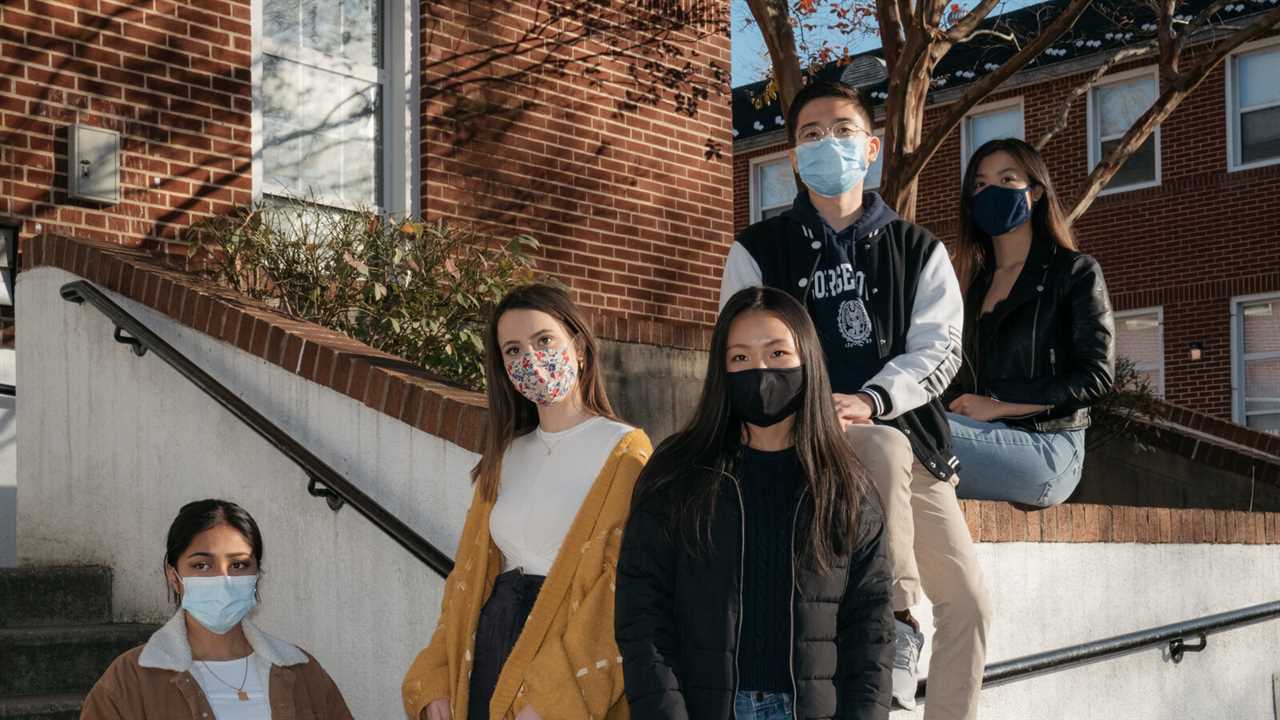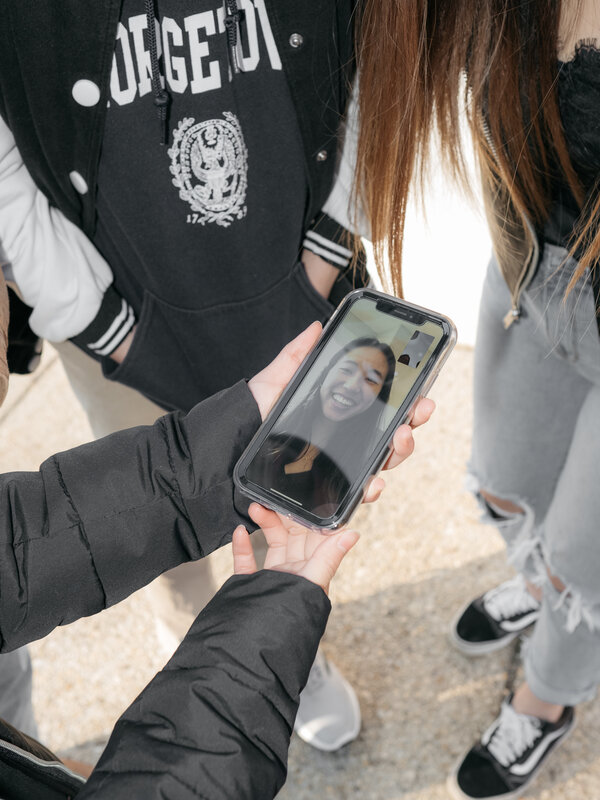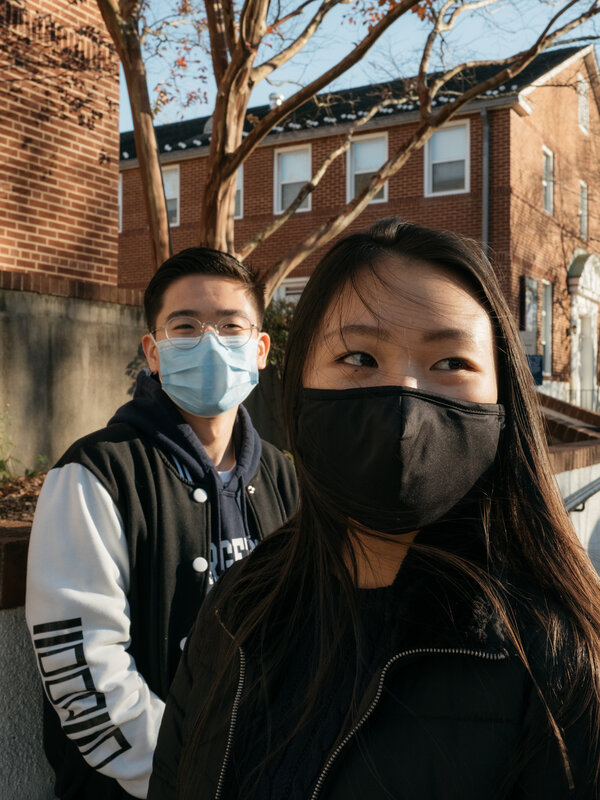
At many colleges and universities, from underfunded institutions to top-tier private colleges, many students have found themselves unable to meet basic needs during the coronavirus pandemic. Financial insecurity, previously accelerated by rising tuition costs and living expenses, has become even more acute because of the closure of campuses, loss of jobs and slashing of budgets.
In response, across the country, students have created mutual aid networks: raising and redistributing tens of thousands of dollars to help their peers cover housing, medical costs, food and other essentials. Generally, students send in requests for small amounts of money, and network organizers will send them the funds using payment apps like Venmo.
“The pandemic has obviously exacerbated a lot of the inequalities that exist on college campuses,” said Neha Tallapragada, 19, a sophomore who helped start an aid network at Rice University. “That’s really been a painful experience for a lot of students. Students have been laid off from their jobs, or they’ve had to take on new responsibilities because of losses in family income, perhaps due to Covid-related layoffs.” At some schools, students who depend on dorms for housing have struggled after their campuses closed.
“We’re trying to fulfill a lot of the needs that have been exacerbated or are there in a greater degree due to the pandemic,” Ms. Tallapragada said.
At its core, mutual aid is a form of charity in which neighbors or peers work together to help each other out on a case-by-case basis. (The term is often attributed to “Mutual Aid: A Factor of Evolution,” a 1902 essay collection by the Russian social theorist Peter Kropotkin, who argued that voluntary cooperation has been key to the flourishing of human civilization.)
Not all the aid networks operate in the same way. At Rice, aid recipients must provide a school ID number, while at Vanderbilt University, students and alumni have created a network for sharing temporary housing in addition to their cash distribution efforts. At Northeastern University, organizers aren’t distributing money at all; instead, they use donations to stock a free food pantry and distribute personal protective equipment on campus.
Giving out money is “not something that we’re opposed to, but it isn’t something that we’ve been asked for by students,” said Madeleine Allocco, 21, a junior at Northeastern who has helped with the organizing.
The aid networks are entirely student-run, operating outside of any official college administration oversight.
At Georgetown University, students donate cash to a central Venmo account, according to one of the founders, Megan Huynh, 20. “Then we have a funding request form for students in need — both undergrads and graduate students — to request basically like a micro-grant of $50 to $100,” she said. “And we just send them the money, no questions asked.”

To date, the Georgetown mutual aid network has raised $25,000 from current students and some alumni, and has distributed $20,000. The money, which is meant to be used for “textbooks or weekly groceries, medication, things like that,” has been raised from more than 900 donors, Ms. Huynh said, “so it’s really shown the power of small grass-roots movements.”
Sara Goldrick-Rab, a sociology professor at Temple University who studies college affordability, said: “These mutual aid networks are springing up because the new economics of college, which is what I tend to call it, puts students at a significant economic disadvantage.”
She cited exorbitant tuition costs and ever-rising living expenses to argue that college students, in general, are often misrepresented as more privileged than they are — and that was even before the pandemic. “We did a survey of 38,000 students around the country, and nearly three in five students were dealing with either homelessness, housing insecurity or food insecurity,” she said, referring to a June study of the pandemic’s devastating effect on student finances.
“Students continue to lead the fight to address their basic needs,” she said.
Campus mutual aid networks mirror similar efforts that have sprung up in communities nationwide this year. But several college organizers defined their efforts as distinctly left-wing and political. “It’s a form of community care that is in response to the failures of capitalist structures,” said Hadeel Hamoud, 20, a junior and one of the founders of Duke Mutual Aid, who cited the Black Panthers’ aid program as an inspiration.
Ms. Tallapragada at Rice was one of several students who said they started their networks based on the advice of Congresswoman Alexandria Ocasio-Cortez, who wrote a 12-page mutual aid manual with the activist Mariame Kaba, and tweeted about it in March. “Myself and a lot of other college students at different colleges have been referencing that tool kit,” Ms. Tallapragada said.
A mutual aid network at Duke University was started in mid-March, after the college sent students home because of the pandemic for the first time. Lily Levin, 19, said that she and her fellow organizers at Duke initially ran their network as “a kind of reciprocal exchange,” a forum where students could offer housing or other material goods to those in need.
“But as time passed, like, even after the first week, it became really clear that most people did need financial aid much more than they needed kind of those material goods,” she said.
The network began soliciting donations in increments of $100, distributing $20,000 from March to May. Then organizers hit a snag: Venmo began declining transactions because of how much money they were sending and receiving. The group paused their efforts and consulted with a tax lawyer at Duke, who suggested that they team up with a local nonprofit called Durham Congregations in Action. Now, it’s easier to handle funding, Ms. Levin said, because “we are attached to a nonprofit, but we aren’t one ourselves.”

The project restarted in late July; the students have since raised and distributed another $17,000. The focus of the project has “transitioned,” Ms. Levin said. Now that some Duke students are back on campus, the network has begun donating most of what it raises to low-income or homeless people in the town of Durham, rather than to students on campus.
Georgetown’s mutual aid network was established in July, said Binqi Chen, 20, after she and other students from low-income backgrounds saw the disparities of pandemic-driven inequality play out on social media.
“Seeing our parents struggle throughout this time, and then going on social media and seeing, like, my friends or acquaintances having the time of their lives even amidst this pandemic, was something that was really, really just — I wouldn’t even say shock,” she said. “I think I kind of expected that, but it’s nonetheless still very disappointing.”
“We go to school with, you know, like, TikTok influencers and students who come from royal families, or ambassador students who can afford to donate a lot more into mutual aid,” Ms. Chen said. The average donation is $20, she said, which reveals “who’s contributing to this and who our message is reaching.”
“Primarily that’s the people that are using mutual aid for themselves, but can give back to it whenever they can, to support students that they know are also going through difficult times,” she said.
Did you miss our previous article...
https://trendinginthenews.com/usa-politics/biden-has-chosen-a-secretary-of-state






